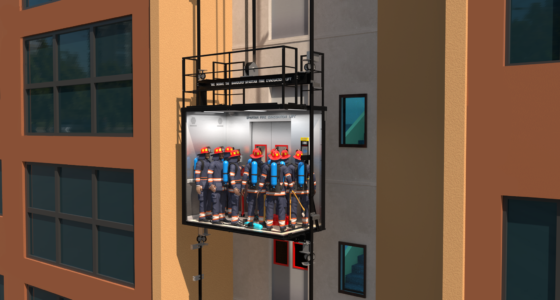Warehousing and Logistics Sector H1 2023 recorded 49% of total absorption registered over the entire previous year. This represents a Y-o-Y growth of 17%, bringing it to an estimated 15.4 million square feet.
With continued progress in infrastructure developments, we expect the absorption in 2023 to match that of 2019, which marked a four-year high.
Shrinivas Rao, FRICS, CEO, Vestian, “The Indian warehousing and logistics sector is sailing through global headwinds on the back of strong and sustainable fundamentals. Several mega infrastructure projects are planned across the country to improve connectivity and reduce transit time.”
NCR commanded the highest share at 31% of the total absorption during H1 2023, which increased from 21% a year earlier. This indicates a robust demand for warehousing and logistics facilities in and around Delhi, Noida, and Gurugram which are prominent commercial and industrial hubs. Western cities of India, Mumbai and Pune, accounted for 42% of the total absorption during H1 2023, increasing from 35% in H1 2022. This could be attributed to the higher demand for warehousing facilities in these cities.
| City | Absorption (Mn sq ft) | ||
| H1 2023 | H1 2022 | % Change | |
| NCR | 4.7 | 2.8 | 68% |
| Mumbai | 3.8 | 2.2 | 75% |
| Pune | 2.6 | 2.5 | 6% |
| Bengaluru | 1.7 | 1.8 | -6% |
| Hyderabad | 1.3 | 1.4 | -7% |
| Chennai | 0.5 | 1.5 | -67% |
| Kolkata | 0.8 | 1 | -23% |
| Total | 15.4 | 13.2 | 0.17 |
The micro-markets of Bengaluru and Hyderabad witnessed a drop in demand for warehousing facilities due to the limited supply of Grade A warehouses in the regions during the analysis period.
Micro-markets of NCR quoted the highest weighted average rentals of INR 22.5/sq ft/month, complementing the region’s highest absorption amid strong demand and a competitive market. Therefore, the weighted average rentals increased by 4% within a year. Bengaluru closely followed the NCR market with INR 22.0/sq ft/month, showcasing the city’s prominence in the logistics sector.
| City | Weighted Average Rentals (INR/sq ft/month) | ||
| H1 2023 | H1 2022 | % Change | |
| NCR | 22.5 | 21.6 | 4% |
| Bengaluru | 22 | 22 | 0% |
| Pune | 20.9 | 20.8 | 0% |
| Hyderabad | 20.5 | 20.4 | 0% |
| Chennai | 19.9 | 20 | -1% |
| Mumbai | 19.7 | 19.3 | 2% |
| Kolkata | 18.2 | 18.2 | 0% |
3PL companies continued to be the major demand driver in H1 2023 with 26% of the total share. Engineering & manufacturing and FMCG companies accounted for 16% and 11% share respectively.
Despite sustained leasing activities during H1 2023, institutional investments were reduced by 69% over H1 2022, as we saw investors opt for wait-and-watch mode amid global uncertainty. However, the trend for overall institutional investments remains the same.
Shrinivas Rao further stated, “Vertical stacking and in-city warehousing are gaining prominence to improve efficiency and reduce cost. There is a focus on ESG factors within the sector which again is in alignment with clients’ environmental and social objectives and goals.”
The emergence of tier-2 cities as warehousing hubs and extensive use of AI and ML technologies to improve efficiency may shape the future of the warehousing and logistics sector in India. Additionally, the ‘Make in India’ campaign and ‘China plus One’ strategy coupled with upcoming mega infrastructure projects may provide impetus to the Indian manufacturing industry, leading to an increase in demand for warehouses.
Also Read: Industrial & Warehousing demand in India stable at 11 mn sq ft in H1 2023









